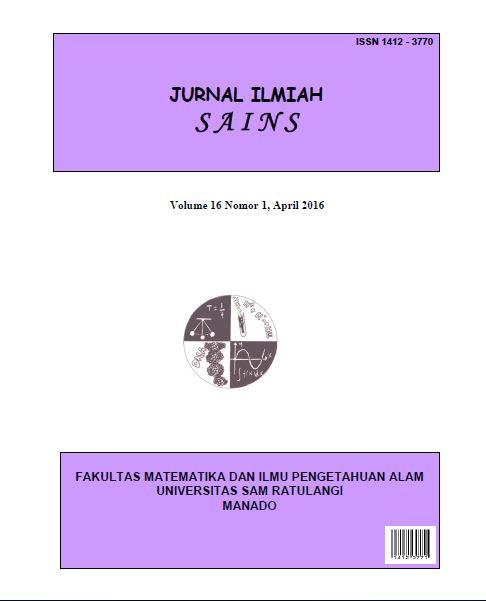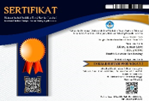KETERKAITAN PROTEIN YANG MENGANDUNG THIOESTER (TEP) DENGAN IMUNITAS DARI NYAMUK ANOPHELES TERHADAP PLASMODIUM
DOI:
https://doi.org/10.35799/jis.16.1.2016.12151Abstract
KETERKAITAN PROTEIN YANG MENGANDUNG THIOESTER (TEP) DENGAN IMUNITAS DARI NYAMUK ANOPHELES TERHADAP PLASMODIUM
ABSTRAK
Protein thioester (TEP) merupakan promotor terjadinya fagositosis bakteri Gram positif dan Gram negatif dalam sistem imun serangga. Salah satu TEP, yaitu TEP1 pada nyamuk Anopheles berfungsi sebagai faktor komplemen yang membunuh Plasmodium. TEP1 nyamuk disintesis pada hemosit dan disekresikan dari hemolimfa. Hubungan TEP1 dengan protein dan enzim lain dapat menghalangi perkembangan ookista dan ookinet pada lambung nyamuk betina. TEP1 nyamuk terdiri dari dua alel yaitu alel R (refractory/resisten) dan alel S (susceptible/rentan). Efektivitas kematian ookinet pada nyamuk TEP-S hanya 80% dan pada nyamuk TEP-R terjadi 100%. Respon imun nyamuk beralel R efektif mematikan Plasmodium, namun nyamuk beralel S mendominasi populasi.
Kata-kata kunci: TEP, Anopheles, plasmodium, immunitas, malaria
CONNECTION OF THIOESTER PROTEIN (TEP) AND IMMUNITY OF ANOPHELES MOSQUITO TO PLASMODIUM
ABSTRACT
Protein thioester (TEP) is the promotor of phagocytosis for Gram Posistive and Gram negative bacteria in insects immune system. One of the TEPs, the TEP1 are acting as complement factor to eliminate Plasmodium. TEP1 is syntetized in hemocyte and secreted from hemolymph. The connection of TEP1 with other proteins and enzymes are able to inhibit the oocyst and ookinete in the gastric of female mosquitos. The TEP is consist of two alleles; The R (refractory) and the S (susceptible). The death of ookinete in TEP-S and TEP-R mosquitos are 80% and 100%, respectively. Immune respond of mosquitos with R-allele are effective to kill Plasmodium but the S-allele are dominant in the population.
Kata-kata kunci: TEP, Anopheles, Plasmodium, immunity, malaria







